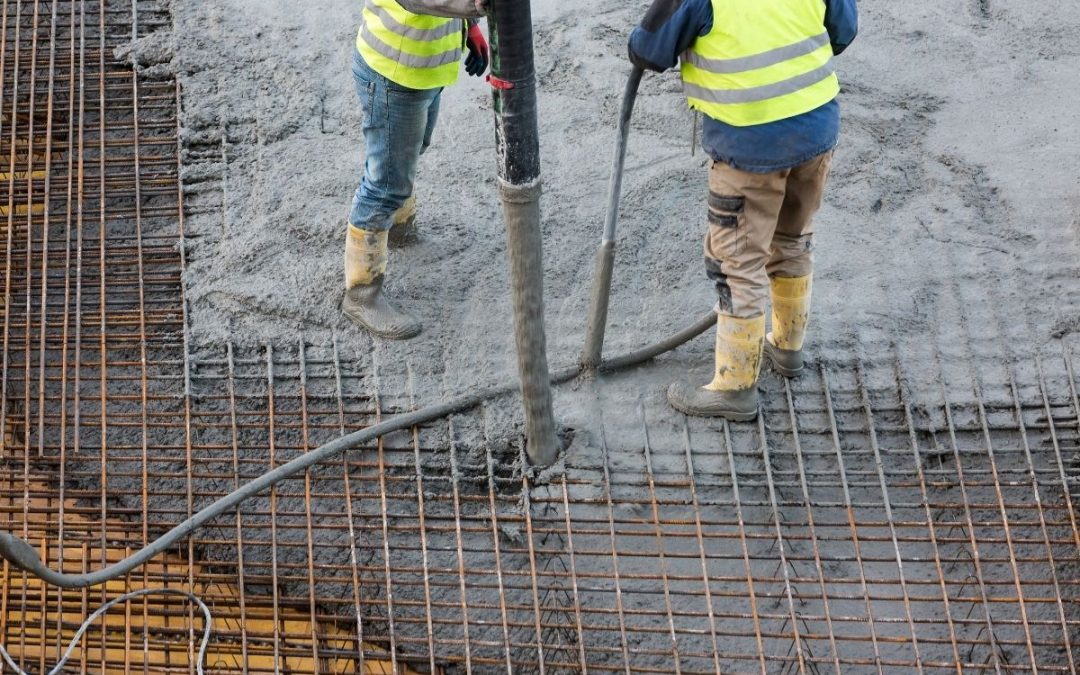Published April 14th, 2021
Ever since concrete was introduced, it has become a staple in the construction industry. In fact, according to Chemistry World Magazine, it’s the single most widely used material in the world. Just take a look at your surroundings. Almost all of the modern structures you see today are made of concrete. From skyscrapers to residential buildings, roads, bridges, and power plants.
But as construction projects are becoming more complex, so did the types of concretes used. In the past, concrete was primarily used to build foundations and walls. Now, it’s also used as a coating material to protect structures from water, fire, and even radiation. Each type of concrete has its own distinction, formulated for each specific purpose. If you substitute one for the other, it may lead to costly repair jobs at best or a fatal accident at worst. To prevent this, the industry has come up with different concrete classifications.
Here are some of the most common concrete classifications used in construction:
1. Plain or Ordinary Concrete
This is one of the most common types of concrete used in construction. It’s made up of cement, sand, and coarse aggregates mixed with a specified amount of water usually in a 1:2:4 ratio. It is very durable but only has a tensile strength of 50 to 100kg/cm 2.
Uses: Primarily used in building pavements and structures where very high tensile strength is not required. It’s also used in dam construction.
2. Normal Strength Concrete
Like plain concrete, normal strength concrete is a mix of sand, cement, and coarse aggregates in a 1:2:4 ratio. This gives it a compressive strength of 20 to 40 MPa. It takes about 30 to 90 minutes to set depending on the site’s weather conditions. Since it’s not that strong, it doesn’t hold well to stresses caused by wind loading or vibrations.
Uses: Normally used for pavements and buildings where tensile strength is not an issue.
3. Lightweight Concrete
As the name suggests, lightweight concrete is any type of concrete with a density of less than 1920 Kg/m3. To achieve this density, various natural aggregates are typically used such as pumice and scoria. It may also contain perlite, vermiculite, expanded shells, and clays. The most distinguishing property of this type of concrete is its very low thermal conductivity (only about 0.3).
Uses: Mainly used as a thermal insulator or as protection for steel structures. But they are also used in long-span bridge decks, and sometimes as building blocks.

4. Reinforced Concrete
Reinforced concrete got its name from the steel rods or bars used to reinforce it. This technique gives it a very high tensile strength and makes it capable of bearing all kinds of stress in almost all types of construction.
Uses: Because of its properties, this type of concrete is typically used in large-scale constructions. This includes stadiums, piers, bridges, skyscrapers, and dams. In domestic construction, it’s used to build footings and foundations of small to medium-sized houses.
5. High-Density Concrete
This type of concrete has 50% more density than the usual concrete, hence the name. It uses crushed rocks and even iron as coarse aggregates.
Uses: Thanks to its density, this concrete provides great protection against x-rays and radiation. That’s why it’s commonly used in power plants and other similar structures.
6. Prestressed Concrete
Prestressed concrete is a type of reinforced concrete steel utilizing steel bars and tendons to achieve high tensile strength. These bars and tendons are stressed before the concrete is added. After the concrete is applied, it’s placed at the end of the structural unit where it is used. When the concrete sets, the unit is put into compression. This technique makes the lower part of the unit more resistant to tensile forces.
Because of how it’s made, prestressed concrete is normally assembled on-site. It also requires heavy equipment and skilled labor.
Uses: Due to the more intense labor and material requirements, prestressed concrete is typically used in large-scale construction projects. This includes heavy-loaded structures, bridges, or roofs that require long spans.
Interested In Cutting Technologies?
For nearly 40 years Cutting Technologies (CTI) has been the go-to demolition contractor for technically demanding, one-off jobs. Our wealth of experience enables CTI to bring “outside-of-the-block” approaches to achieve the impossible. Contractors trust CTI to get the job done right. Take a look at our demolition services on our website.

About The Author
As an avid traveler, Judy Ponio loves to write blogs about traveling and how to save money when making international calls.

